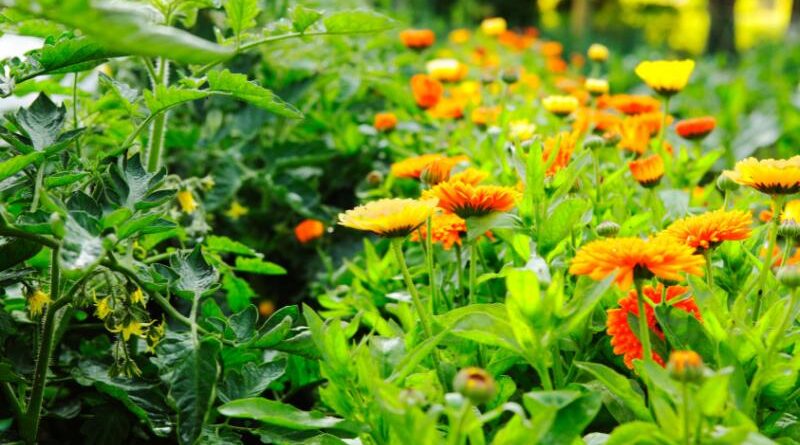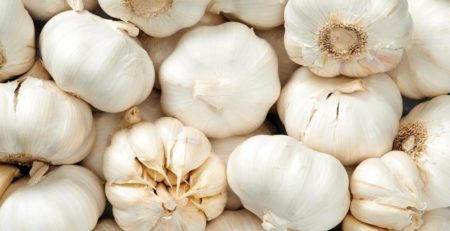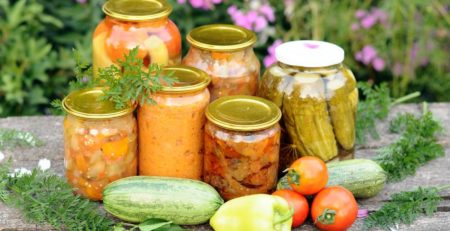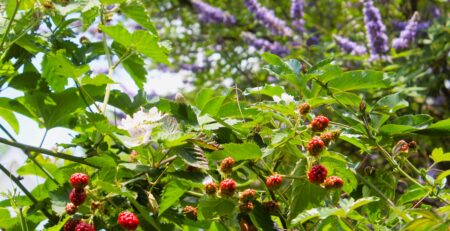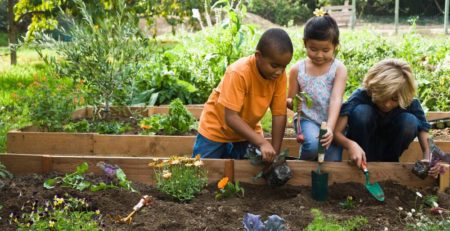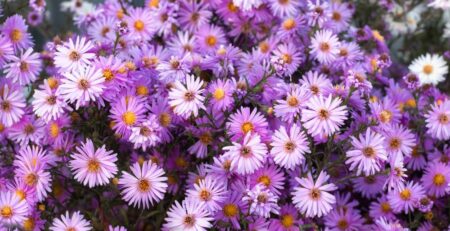Fall Planting Starts in June
When people think of fall gardening, they think of September, when it starts to cool off. Actually, fall gardening in Texas starts in June. The idea is to let plants grow during the summer, when it is hot, so they will produce vegetables when the weather cools down. Some vegetables, like broccoli and Brussels sprouts, do better in the fall. Here is a look at the planting dates Texas Agrilife Extension suggests for fall, 2023.

• June 15 – July 1
- The first wave of plantings starts. Plant eggplant seeds, cantaloupe, and watermelon. Plant cantaloupe and watermelon seeds on hills about four inches high and 12 inches wide. Put four to six seeds on each hill, pinching off the extras when the seedlings come up, and leaving two to three seedlings per hill.
• June 15 – July 15
- The next wave of plantings are all transplants. Plant peppers, tomatoes, and eggplants now. If you start seeds, you need to have started them four to six weeks before the date you transplant them. That means planting your seeds indoors between May 1st and May 15th. That seems really early for the fall, doesn’t it?
• July 1 – August 1
- It is time to plant black-eyed peas. Not only are they good to eat, but they replenish the soil with nitrogen.
• July 1 – August 10
- Winter squash is planted during these dates, but you have to wait a bit to plant summer squash.
• July 15 – August 15
- Plant pumpkins and okra during these dates. Remember that okra gets tall, so plant it where their shade will be welcome, or on the eastern edge of the garden where it won’t shade the other vegetables.


• July 25 – August 10
- It is time to plant Irish potatoes now. Use certified disease-free seed potatoes only so you do not introduce potato blight into your garden. Potato blight will ruin your potatoes, and your tomatoes, too.
• August 1 – August 15
- August is a busy month. Plant snap pole beans, broccoli seeds, Brussels sprouts seeds, cabbage seed, cauliflower seed, sweet corn, and cucumbers (pickling and slicing). This starts the transition from planting warm season vegetables to planting cool season vegetables.
• August 1 – August 25
- Plant kohlrabi seed, summer squash, zucchini squash, patty pan squash, snap bush beans, and yellow bush beans.
• August 1 – September 1
- Pinto beans, Swiss chard, and collards go into the ground now.
• August 1 – September 10
- Plant mustard but remember, a little mustard goes a long way.
• August 1 – October 1
- Plant parsley and similar herbs during this period.
• August 1 – October 15
- Rutabagas and spinach go in the ground now.
• August 10 – September 1
- Plant Chinese cabbage (also called nape cabbage).
• August 15 – September 10
- Set up your salads for the fall and winter by planting head lettuce now.
• August 15 – September 5
- Add carrots to your salad by planting them now.
• August 15 – September 10
- Plant butterhead, leaf, and romaine lettuce in your garden.
• August 20 – September 15
- Broccoli transplants, Brussels sprouts transplants, cabbage transplants, and cauliflower transplants all go into the ground now.
• August 25 – October 1
- Plant greens and kale.
• August 25 – October 15
- Plant turnips at intervals of once every two weeks for lots of turnips in late fall and winter.
• September 1- September 15
- Succession plant beets the same way you do turnips, and you will have plenty to eat later.
• September 1 – October 1
- Plant English peas, snap peas, leeks from seed, and onion seed now. The leeks and onions will grow a little, go dormant over the winter, grow again in the spring, and be ready in May or so.
• September 1 – November 1
- Plant fast-growing radishes and garlic cloves now. Garlic will grow to become established before winter comes, then go dormant until spring. It will be ready in May like the leeks and onions.
These dates are just guides. Many of the cool season seeds won’t germinate until the soil temperature falls. It gets cold faster in some years and it gets cold later in other years. The dates for planting tomato plants are early because they are not frost hardy. They have to be bearing fruit several weeks before the first frost, or you won’t get any tomatoes.

